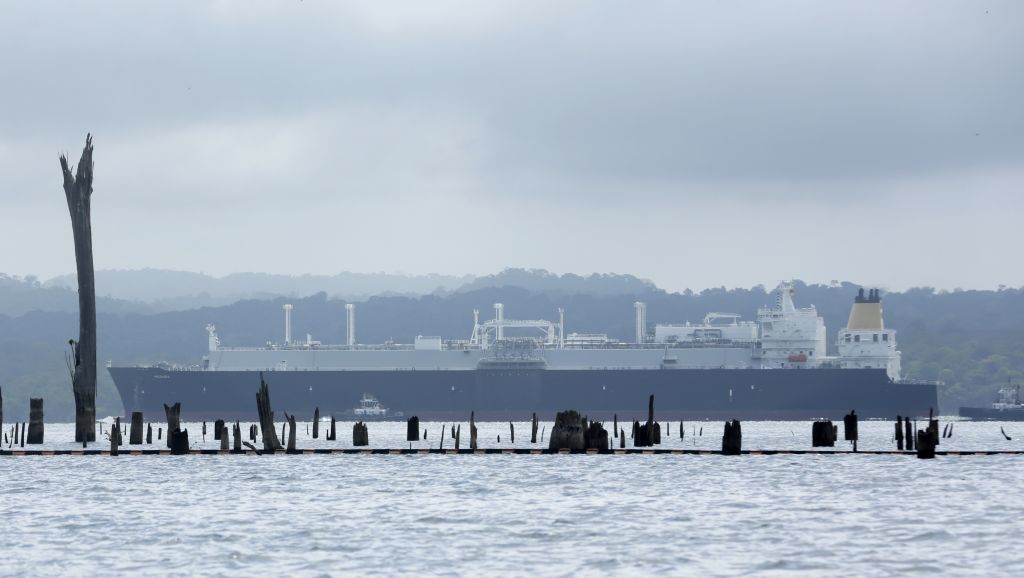World
Drought, war across the world hurting Minnesota farmers, agribusinesses

In a state that exports more than a third of its agricultural production, it’s not enough to only watch the local weather: Rain patterns in Panama matter, too, as does the occasional shower of missiles in the Red Sea.
Those global shipping bottlenecks have turned to chokepoints, driving up the cost to ship U.S. grain around the world and putting American farmers at a disadvantage while competitors reap record harvests.
“We’re seeing a cluster of events that really is requiring shipping to respond in a way it hasn’t had to previously,” said James Spear, a shipping expert at SUNY Maritime College, adding rerouting — at great expense — is now commonplace.
Years of drought have led to restrictions on the all-important Panama Canal, a vital passageway for Asia-bound cargo shipped from the Gulf of Mexico, including soybeans grown in Minnesota.
“Having competitive access to that market is so critically important,” said Justin Cauley, senior director of transportation at CHS. “The Panama Canal is a shortcut, saving time, fuel and labor costs. The remaining restrictions are not allowing us to run the biggest possible grain ships through there.”
While Panama Canal traffic is edging back toward normal as the drought recedes, another valuable shortcut on the other side of the world remains fraught.
“There are a lot of companies avoiding the Suez Canal, and CHS is one of them,” Cauley said.
The link between the Mediterranean and the Indian Ocean has seen a substantial drop in traffic due to Houthi — a Yemeni Islamic fundamentalist group — attacks on commercial ships in response to Israel’s war in Gaza.









:max_bytes(150000):strip_icc()/TAL-header-deepak-chopra-DEEPAKCHOPRA1224-f78ab75372234cf59c7950e119636992.jpg)
:max_bytes(150000):strip_icc()/TAL-lead-image-PANTELLERIA1224-37d012079630420c957253012e76a793.jpg)